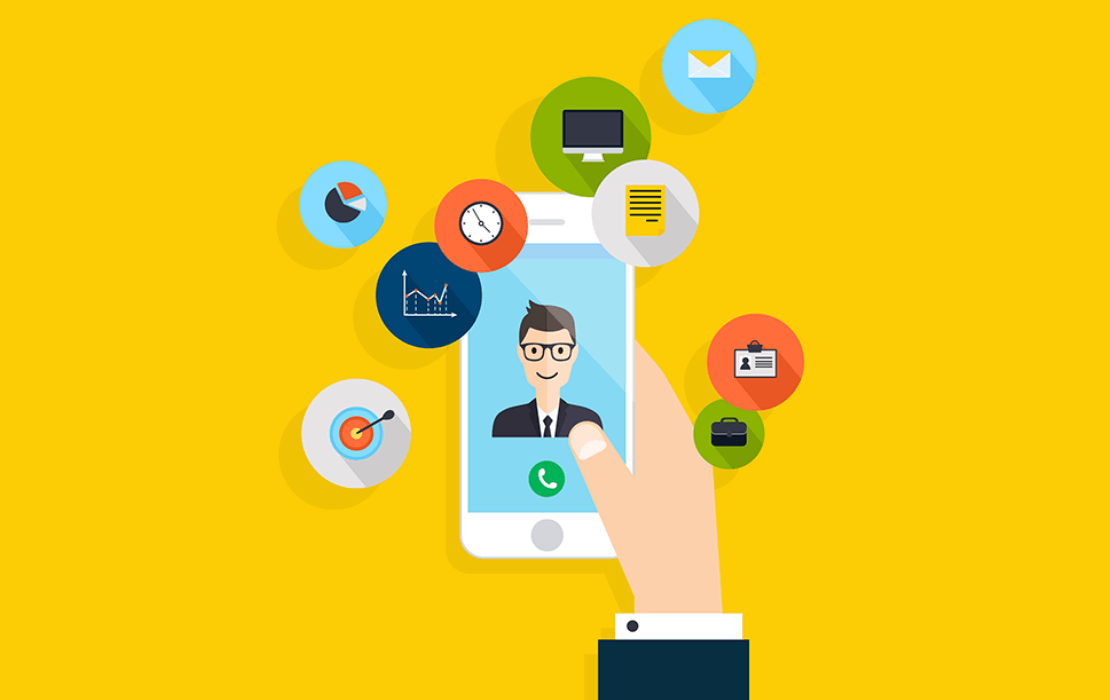Mobiquity, a digital consultancy that designs and delivers compelling digital products and services for the world's leading brands, has released results of a new Restaurant and Convenience Store Digital Impact Report. This new study explores how consumers are engaging with technology in restaurants and convenience stores as well as how this engagement affects loyalty, order frequency, and in-store or in-restaurant traffic. Mobiquity surveyed nearly 1,300 consumers across the U.S. who are 18 years of age or older in order to gain insight into their current digital habits when it comes to ordering food, how these habits may change moving forward, and what digital experiences still need improving. Findings include that younger people have increased their digital engagement frequency the most in the past year, presenting the biggest opportunity for restaurants and convenience stores to utilize digital offerings that cater to this growing audience, encourage more occasions and ultimately earn their long-term business.
According to Mobiquity’s findings, the majority of consumers surveyed reported an increase in mobile and online ordering as well as the utilization of curbside services in the past year. This is especially true among digital native generations, with younger customers nearly three times as likely to use mobile apps than those 56+. Because of this growing mobile usage, younger consumers are creating digital habits and developing strong preferences for brands that meet their needs.
Along the same lines, 63% of consumers aged 25-40 will frequent a restaurant or convenience store that has digital offerings more often than ones that do not. Additionally, 44% of consumers in this age group have changed where they order food from because their usual place had subpar digital offerings. With over 70% of consumers aged 18-55 stating that they are likely to increase how often they order from a store if their mobile app is easy to use, restaurants and convenience stores may want to consider an overhaul of their outdated apps before it is too late.
“Restaurant and convenience store customers have rapidly adopted digital tools over the last year in order to safely interact with their preferred brands,” said Britt Mills, Senior Director, Customer Experience at Mobiquity. “It comes as no surprise that younger generations of customers are more comfortable using mobile apps to order food. Our Restaurant and Convenience Store Digital Impact Report revealed that these consumers have built digital habits that will remain even as restrictions ease. It’s vital for restaurants and convenience stores to meet and exceed expectations when it comes to mobile apps to cement long-term consumer loyalty as competition grows.”
Additional findings of Mobiquity’s Restaurant and Convenience Store Digital Impact Report include:
Leave your details below and we'll be in touch soon.
